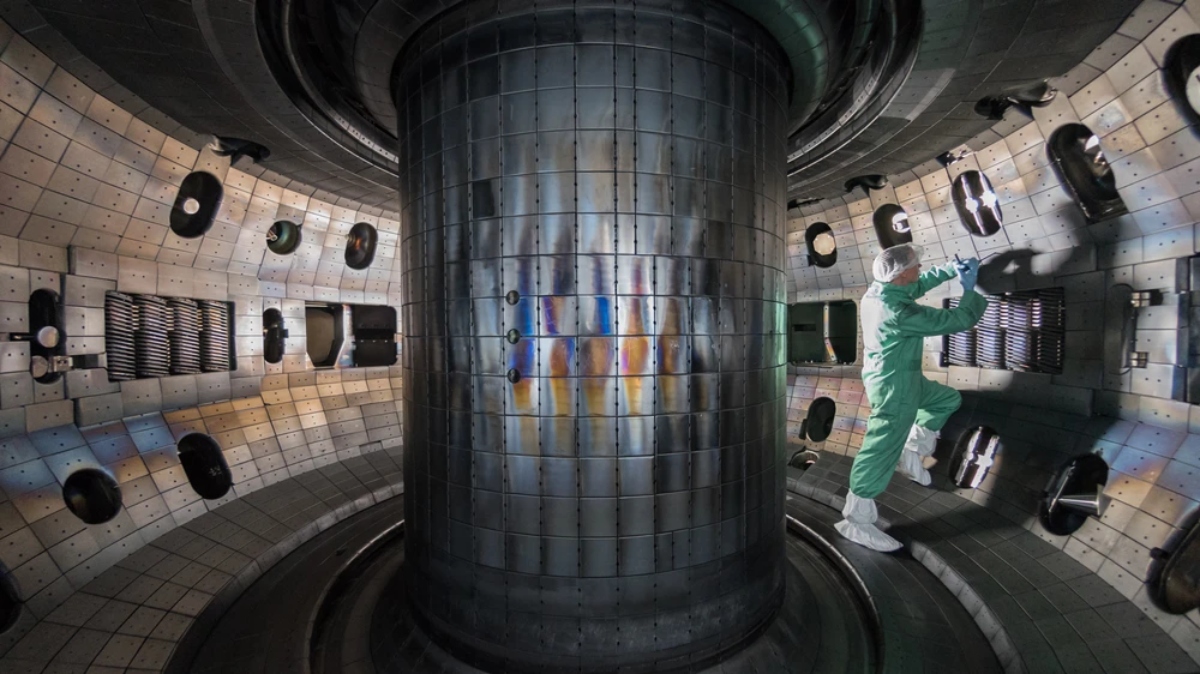Ford is now betting on C-V2X technology, which means it is a 4G-LTE-based technology that is also compatible with 5G. The goal is that its cars launched in the United States from 2022 will be able to communicate with each other, and with C-V2X, the cars will be able to communicate with road infrastructures and thus warn other drivers about potential risks. Will this new technology change the future of mobility and road safety?
Answering a bit to the previous question, although you are also free to think whether this technology can be beneficial or not, it can be said that beyond the sensors and applications that the autonomous cars of the future possess, one of their main needs is that they can connect with each other.
Therefore, you should know that this is the focus of the new C-V2X model, as it will ensure almost like a kind of radar, for example, the location and speed, among other aspects of other vehicles on the road. The result? There could be greater road safety since, according to the information provided, it will be possible to adapt behaviors and regulate certain driving parameters.
To illustrate what this new technological bet is all about, an example was exhibited at CES 2019: it consists of a driver suffering from diabetes who suffers a crisis, but immediately, his car, initiates a protocol of identification of vital signs, then calls the emergency service, there they receive the user’s medical data and finally arrive quickly thanks to the redirection of traffic. Don’t you think it’s great?
Smart cities, Ford’s bet with its C-V2X car
Ford CEO Don Butler commented at CES 2019 that:
“Connecting everything will allow cities to be uncovered, with Vehicle-to-Everything (C-V2X) cellular technology cars will communicate directly with each component of the smart city and that ‘conversation’ will create data that can be accessed in real time by city authorities or decision makers and thus ‘problem solve’.”
For his part and continuing with the concept of smart cities, Ford CEO Jim Hackett, proposed:
“We need to redesign transportation systems, where there are ‘livable streets’ and people-centered not car-centered and thus be able to improve the quality of life of society in the future.”
He further commented:
“Henry Ford was right about freedom of movement, but he wanted to avoid the mistakes of the industrial age at the expense of community living.”
On the other hand, the firm also announced that they have other initiatives in place that go beyond vehicle manufacturing but do not deviate from the path they are taking so far with the concept of “smart cities”. The Ford Transportation mobility cloud, which is primarily a platform for optimizing the transportation system and user experience.
The idea is that Ford’s C-V2X could begin to be commercialized according to analysts between 2020 and 2025, however, other firms such as Bosch assure that this will only happen until 2030. Can you imagine what the smart cities of the future will look like with the help of technology?




